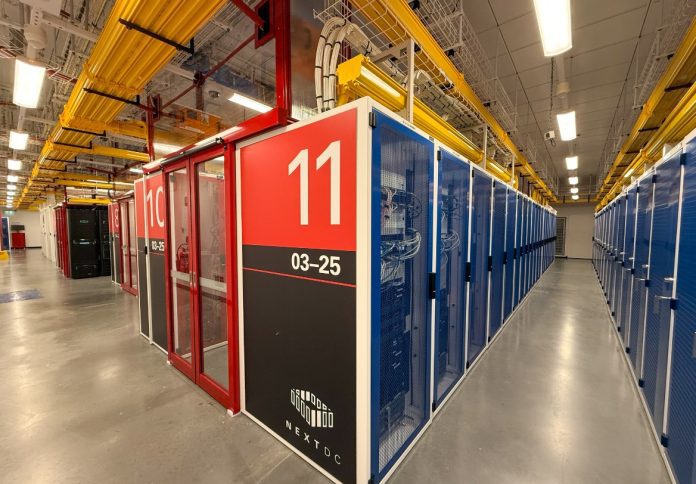
Victoria has launched Australia’s latest artificial intelligence (AI) supercomputer, placing the state at the forefront of medical research and AI capability.
The system, powered by NVIDIA DGX H200 technology, is claimed as the first of its kind to be commissioned at an Australian university and is now operational at La Trobe University’s Australian Centre for Artificial Intelligence in Medical Innovation (ACAMI), with support from the Victorian Government.
Backed by a $10 million investment through mRNA Victoria, the supercomputer will accelerate the translation of medical research into clinical trials and personalised therapies.
The Victorian Government said the initiative reflects its commitment to building sovereign AI expertise, bolstering health resilience, and positioning Victoria as a national hub for AI-driven innovation.
The DGX H200’s powerful AI infrastructure enables complex three-dimensional imaging and analysis of biological data, cutting diagnostic and modelling times from days to hours.
The system’s high-performance capabilities are expected to enhance the development of immunotherapies, cancer vaccines, and precision medicine, improving healthcare outcomes across the state and beyond.
La Trobe Vice-Chancellor Professor Theo Farrell said the university’s strategic vision is to be at the forefront of AI innovation and education.
“AI is revolutionising society at great speed and La Trobe is committed to ensuring that our students and the communities we serve are empowered to adapt and succeed in this rapidly changing world,” he said.
Cisco Research Chair in AI and ACAMI Director Professor Wei Xiang said the supercomputer will significantly reduce the time required for drug development. “With AI, we can develop precision medicine that addresses the unique characteristics of each patient, significantly improving treatment,” Professor Xiang said.
“The DGX H200 supercomputer is among the fastest all-round AI supercomputing platforms available today.”
The AI infrastructure is hosted at NEXTDC’s M2 facility in Tullamarine, one of the few sites in the Southern Hemisphere equipped to support high-density power and advanced cooling solutions tailored for AI workloads.
NEXTDC CEO Craig Scroggie said the collaboration with La Trobe enhances Australia’s capability in AI-driven research.
“This collaboration not only creates one of the country’s leading research platforms, it empowers the critical innovation required to improve patient treatment for many Australians,” Scroggie said.
Among the first projects to utilise the system is a partnership with The Florey Institute of Neuroscience and Mental Health.
Dr Ya Hui Hung, the project lead at The Florey, is using the platform to explore gene therapies for Niemann-Pick disease type C, a rare and progressive neurodegenerative disorder in children.
“The super processing performance of NVIDIA DGX H200 systems will help us to explore more options and get results faster,” Dr Hung said. “It will dramatically reduce the time it takes to develop life-changing treatments for 700,000 people worldwide living with childhood dementia.”
The partnership could also unlock insights into broader forms of dementia, which currently affect more than 400,000 Australians and are projected to double by 2058.
The DGX H200 deployment supports La Trobe’s wider Responsible AI Adoption Strategy, a key pillar of its bold AI-first approach to research, education, and operations.
ACAMI, launched last year, is the world’s first university-based centre focused on using AI for medical innovation. It will operate within La Trobe’s Research and Innovation Precinct and play a critical role in training Australian scientists, clinicians, and data experts to meet future challenges.
According to NVIDIA’s Sudarshan Ramachandran, the DGX H200 offers researchers a transformative platform for discovery.
“AI-powered infrastructure is unlocking a new wave of discovery, giving researchers the tools needed to advance healthcare and medical research,” he said.
Three DGX H200 systems have initially been commissioned at La Trobe, with each unit containing eight NVIDIA Hopper-architecture GPUs and more than one terabyte of ultra-fast HBM3e memory.

















